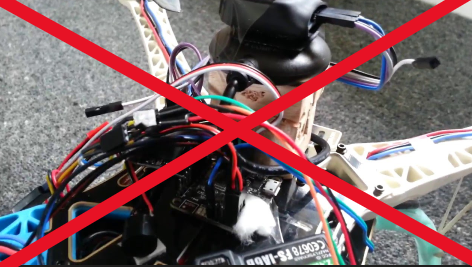
Purpose: The purpose of the this knowledge base document is to explain the potential interference caused by ports such as USB3.0 in interfering with satellite line of sight (LOS).
Last Updated: March, 2020
High-frequency devices, like high-speed processors or high-speed communication buses (say, USB3 or PCIExpress) are known to produce electromagnetic interference (EMI) in the 1.2 – 1.5 GHz range, where all GNSS signals reside.

Make sure respective cables and components are properly organized and shielded.
GNSS signals are emitted from satellites 20,000 km away, so they are very weak (like -130dB). Which means, any interference in that band will out-power those signals and the receiver will not see satellites.
The only solution is:
-
To keep the GNSS antenna away from those sources of interference, AND shield those devices and their communication cables.
Note: Away generally means as far as practically possible in the application.
Note: Shielding means completely confining those high-frequency devices in Faraday cages made of conductive materials (see https://en.wikipedia.org/wiki/Faraday_cage for the idea), preferably grounded.
The cage should also be connected to shielding of cables coming out of those devices, as otherwise the cables will serve as emitting antennae for that high-frequency interference and drastically reduce the effectiveness of the cage.
The thickness of the conductive shield can be very small, as we are talking about GHz band – see the linear log-log slope on the Wikipedia page. I would say, even 0.005 mm aluminum film will shield 1GHz waves, so, it does not really add much weight.
That means, even conductive metallic paint on the internal surface of the high-frequency device housing should be enough.
Grounding the shield means connecting it to an object of high capacitance, like the vehicle body, or the return power rail, for example.
